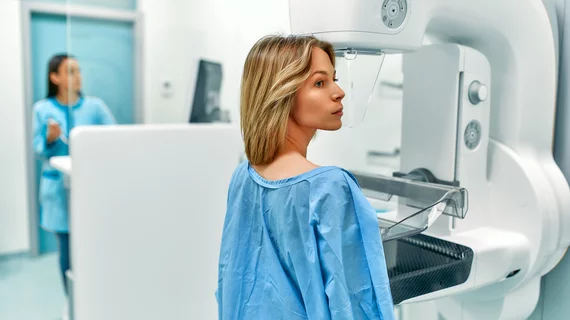Survey reveals widespread confusion among women about the density of their breasts
New survey data reveals confusion among women about the density of their breasts, underlining the need to strengthen educational efforts.
About 24% of women with clinically dense tissue incorrectly reported this fact when quizzed versus 86% among those without dense breasts. Another 34% in the latter category reported being told by providers that they did have dense tissue when they did not.
The confusion among respondents occurred, despite all receiving their mammograms in facilities with density notifications, experts wrote Thursday in the Journal of the American College of Radiology. These findings come as breast density notifications will soon be implemented in all states, pending the enactment of national reporting regulations.
“Although density notification has the potential to increase woman and provider awareness of density and support conversations about breast cancer risk and additional screening options, it will only be successful to the extent that women and providers understand their notifications and information shared during clinical encounters,” Rebecca Smith, with the Dartmouth Institute for Health Policy and Clinical Practice, and co-authors wrote March 24.
Researchers conducted their study between 2017-2020, surveying women ages 40-74 without prior breast cancer and a normal screening in the previous year. Those who met the study criteria also had more than one recorded breast density measure in four Breast Cancer Surveillance Consortium registries.
A total of more than 1,500 women completed the survey, including nearly 900 (59%) with “ever dense,” breasts as determined by BI-RADS within the previous five years. Agreement between patients self-reported and clinical density was 76% for those with dense breasts compared to 14% for those without. Smith et al. also noted that desire for supplemental screening was higher for those who reported having dense breasts (29%) or who were asked by surveyors to imagine having dense breasts (30%) vs. 15% among the nondense group.
Women with nondense breasts also had much higher odds of understanding their status when living in states that require notifying all individuals about their density, rather than just those with dense tissue.
“Potential benefits of density notifications for those with nondense breasts are worth further exploration,” the authors advised.

